We all know the gold standard is nature and when it comes to eating most people think we are striving for organic (which is better but not best) but whatever is better or best, what happens if it is just not in the budget. Eating organic or biodynamically is after all more expensive, isn’t it, or is it?
Want to know what the differences are between conventional, organic and biodynamic then read my previous post where I explain the difference and breakdown the better, best and not so ideal when it comes to organic.
But back to this week… What if I told you, you had multiple options when it comes to nourishing your family and that even though not all the options are the “most ideal” for you or your family we have to be realistic. The world is not black and white and neither are most people’s circumstances in this case.
Bottom line- eating biodynamic foods that have been sourced locally from farms that use regenerative practices is the gold standard for you and your family.
Most of my clients are aware of the issues surrounding pesticides and want to eat organic as a result but sometimes just purchasing organic from the supermarket is not that simple.
Cost is a big block when it comes to eating organic. However there a multiple options to help you and your family access organic food and whilst not all options are ‘best’, they will be better and go a long way in lowering your family’s toxic load and body burden.
Eating Organic Fruits and Vegetables on a Budget
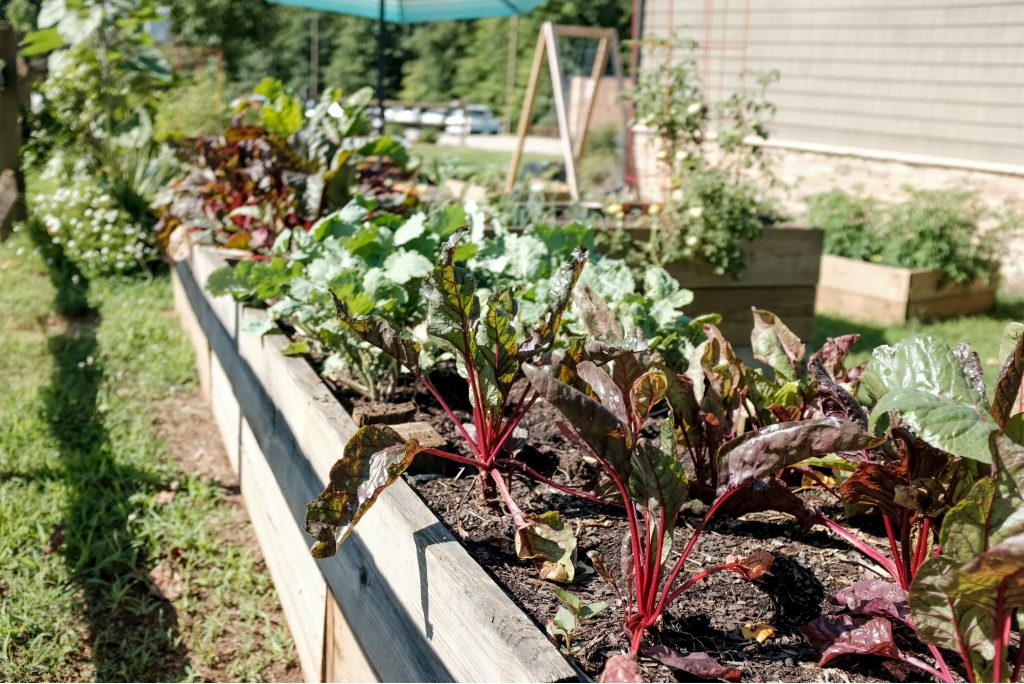
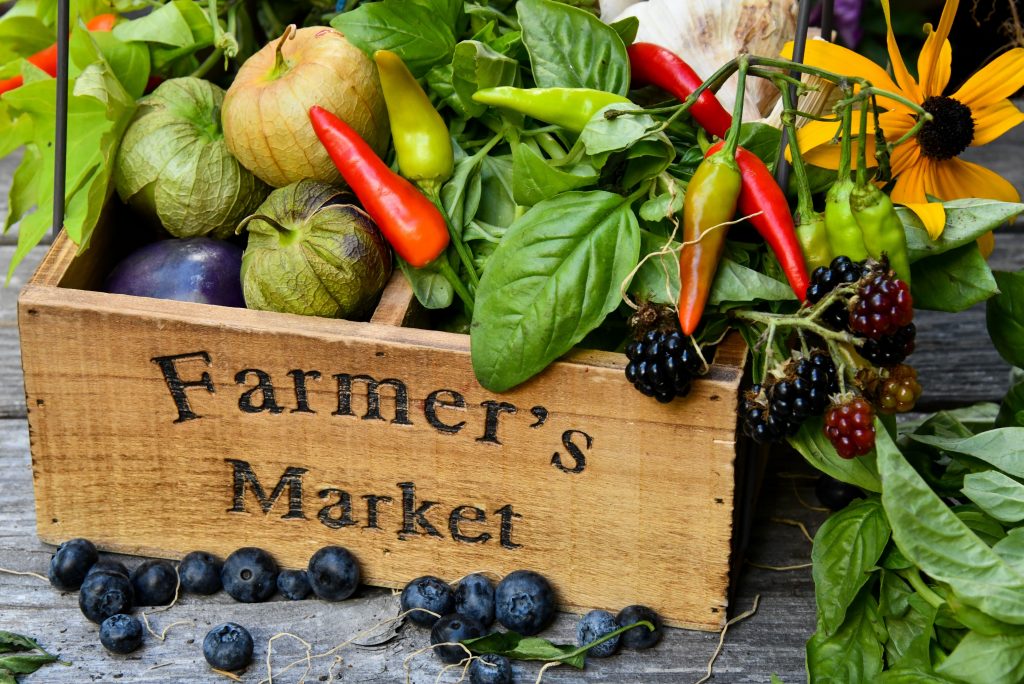
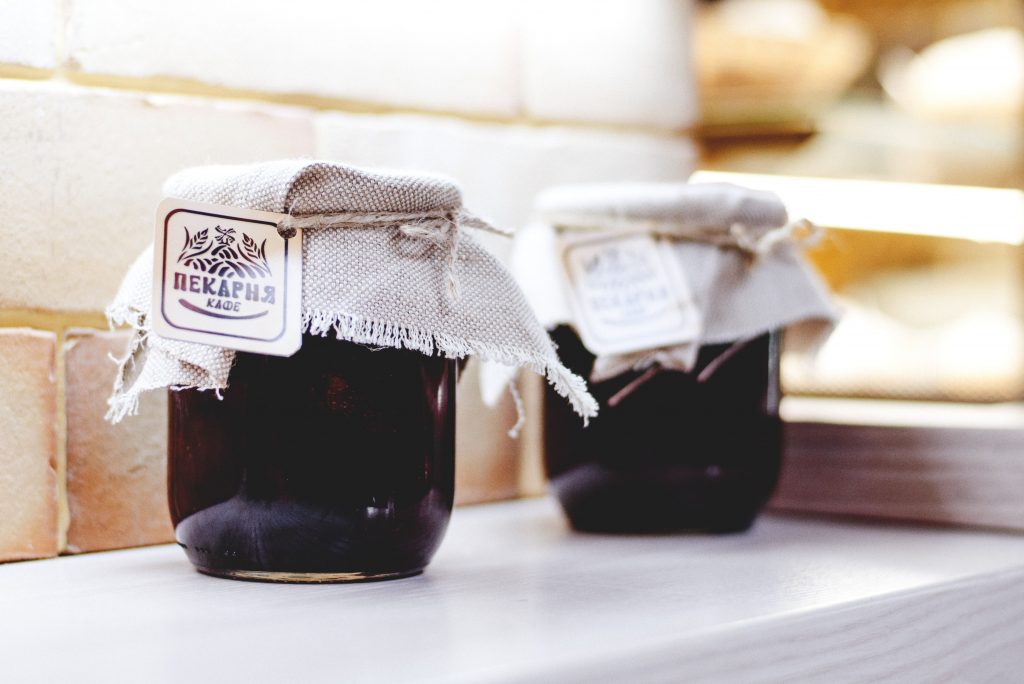
1) Grow Your Own
Before you discount this one and put it in the too hard basket, read on.
Buying organic or heirloom seeds from groups like Diggers Club, Eden Seeds or Greenpatch Organic will enable you to access pesticide free seeds and grow your family’s favourite fruits, vegetables and herbs if they are compatible in your climate.
A lot of people get overwhelmed with this option (I was right there with you a couple of years ago) but in all honesty start small if the whole idea feels overwhelming.
Herbs are packed with health benefits and are a terrific place to start. Fresh herbs can be obscenely expensive when you buy fresh and they don’t have a long shelf life once picked. By growing your own, you can harvest your herbs as you need them. It doesn’t get fresher than that.
Keen to go a step further but not sure where to start, then I highly recommend looking into permaculture, following Morag Gamble or doing a cost effective course like The Nutrition Academy’s Incredible Edible Garden for $297.
2) Find a Local or Localish CSA Farm/Community Garden to Participate In
The CSA farming model is adapted from Japan and fosters community at its core.
Searching for CSA farms that utilise regenerative farming practices really is the ultimate to participate in as it is not only a way to support your local farmer but you have the opportunity to access premium produce.
Depending on the agreement for the better part of the year you could be getting biodynamic, in season produce that supplies all your family’s needs.
When you participate in this model, you will be at the mercy of what is in season. If the prospect of this makes you cringe as you look at your picky eating littles, I highly recommend still considering this option.
When my family first started, I had similar concerns, so we opted to start with a small standard sized box instead of a family box. We thought we could supplement our weekly needs as needed and minimise waste as well.
I am happy to report that our concerns were wasted energy, the littles loved seeing what beautiful biodynamic vegetables was in the weekly box, learning about and trying the heirloom varieties and the following year we confidently jumped in with a family sized box.
3) Buy Direct From Organic Farmers From Local Farmer’s Markets
Find out where your local farmers market is and how often they open. Farmers markets can have a variety of fresh produce stalls that sell a range of seasonal produce, baked goods, preserves or even specialist boutique products.
I highly recommend having a chat to the farmers.
Some grow their produce without the use of chemicals however are not organic certified as the cost of certification is cost prohibitive for them. If they do use chemicals, they will share with you what they use and you can make an informed choice if you want to buy.
This is one of my favourite options to supplement anything we need.
4) Buy Seasonally
Foods in season are cheaper. Learn to cook seasonally too!
Restricting your buying to foods in season can be a difficult change if you are not already in the habit of doing so. We live in a time where we can virtually get anything we want whenever we want however this habit has fed our consumerism society, negatively adds to the carbon footprint of our food and encourages excess food waste.
I encourage you to look beyond your local big box supermarket and have a chat to your local wholefoods or organic grocer. Not only has 2020 highlighted the importance of small businesses, but local greengrocers also often provide weekly organic fresh produce boxes without the need to subscribe. And even if your local greengrocer doesn’t provide such a service, I still recommend you enquire because if enough of their customers enquire, they will be more likely to bring in such a service.
I know of quite a few greengrocer’s who started such services in 2020. We are supporting small businesses, accessing high quality organic produce and have the convenience of having our weekly box either delivered to our door or already packed ready for pick up on our designated day. Win-win, I think.
5) Buy Seasonally and Freeze or Preserve
This option goes one step further and encourages you to buy extra when in season and freeze, dry or preserve the excess for an extended shelf life.
I don’t know about you, but it makes me gulp and keep walking when I see the price of some organics.
Buying seasonally can help you stretch your dollar as fresh produce in season is generally cheaper than when it isn’t in season. For example, when broccoli is in season, buy extra, prepare and freeze.
I’m a big fan of doing this with my leafy greens, except I prepare them by cooking them, and then I freeze them in cubes. They are super easy to add to soups, stews and casseroles, add extra nutrients to the recipe and are a time saver too.
Sometimes, the cost of organic produce can vary even when it is in season. Take berries for example, through the summer depending on supply, I have seen organic strawberries range in price from $1.50 a punnet to over $10. So, don’t assume the price is prohibitive as it may fluctuate back the next day or week.
6) Buy as Much Organic as Possible
There are lists all over the internet about the dirty dozen, but these lists have their limitations and are not complete which I will explain in next week’s post.
However, at the end of the day buying some produce that is not contaminated with toxic pesticides is infinitely better than buying NO organic produce.
Our body burden from daily exposures come from multiple sources. To expect to eradicate your daily toxic exposures is not only unrealistic and impossible but may also create undue stress which will negatively impact your health also.
So even if you cannot buy 100%, 80% or even 50% organic to start with, be at peace with the knowledge that you have decreased your daily exposure to toxins from yesterday which with time and knowledge you can continue to decrease.
7) Wash and Peel Your Fruit and Vegetables
There are multiple DIY solutions to removing pesticide residues on fresh produce but how effective are they?
Firstly, washing fruit and vegetables may not remove pesticides as many pesticides used on food are designed to adhere to plants so that they don’t wash off in the rain. That said, peeling fruit or vegetables can help remove residues that are on the surface.
Unfortunately, not all pesticides contaminate our food externally. Systemic pesticides penetrate the plant and can be found in the roots or flesh and no amount of peeling or washing will help remove them. Without knowing the exact pesticide used on the plant it is impossible to take informed action.
Through my research I did find that there are limited studies on different washing techniques and how well they removed pesticide residues (residue on the skin not accounting for systemic pesticide contamination).
Washing produce for 15min in filtered water and aluminium-free sodium bicarbonate (aluminium-free bicarbonate soda) seemed to be the most promising of the research. Therefore, I recommend washing your produce to remove as much pesticide residue as possible, then peeling it (if applicable), that way you minimise the amount of pesticide contamination you pass onto the produce as your hands touch the contaminated skin and then the flesh.
Conventionally grown bananas are an exception to washing however the same rules apply. For example, peel the banana but do not then touch the flesh before you eat it.
Just to be clear, studies are severely limited and lacking in this area and this advice is an absolute last resort in my opinion.
Eating Organic Animal Products on a Budget
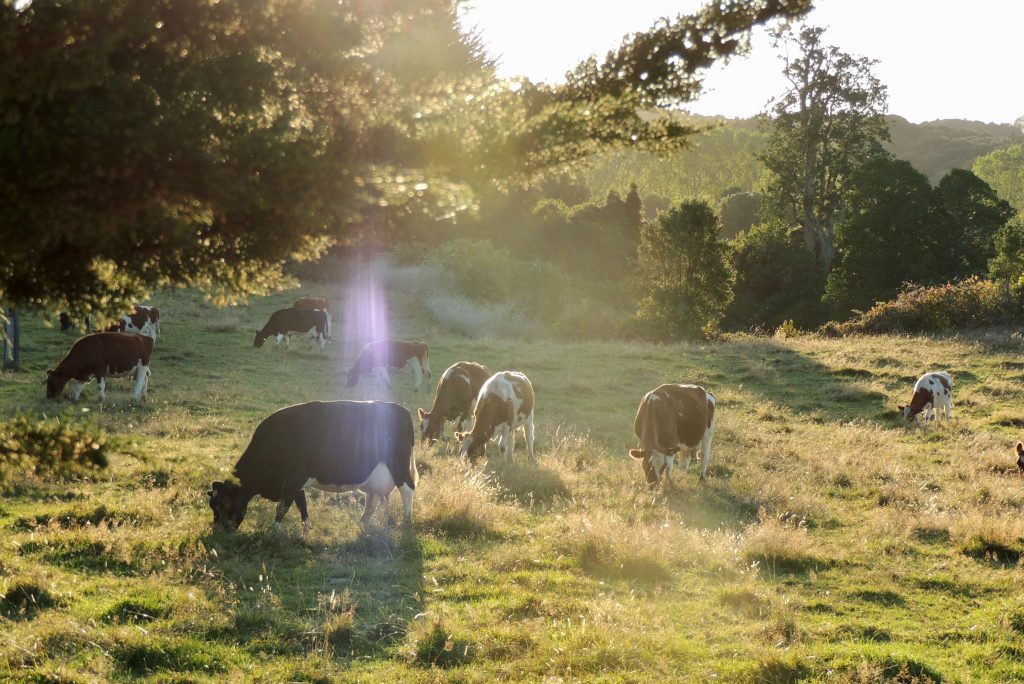
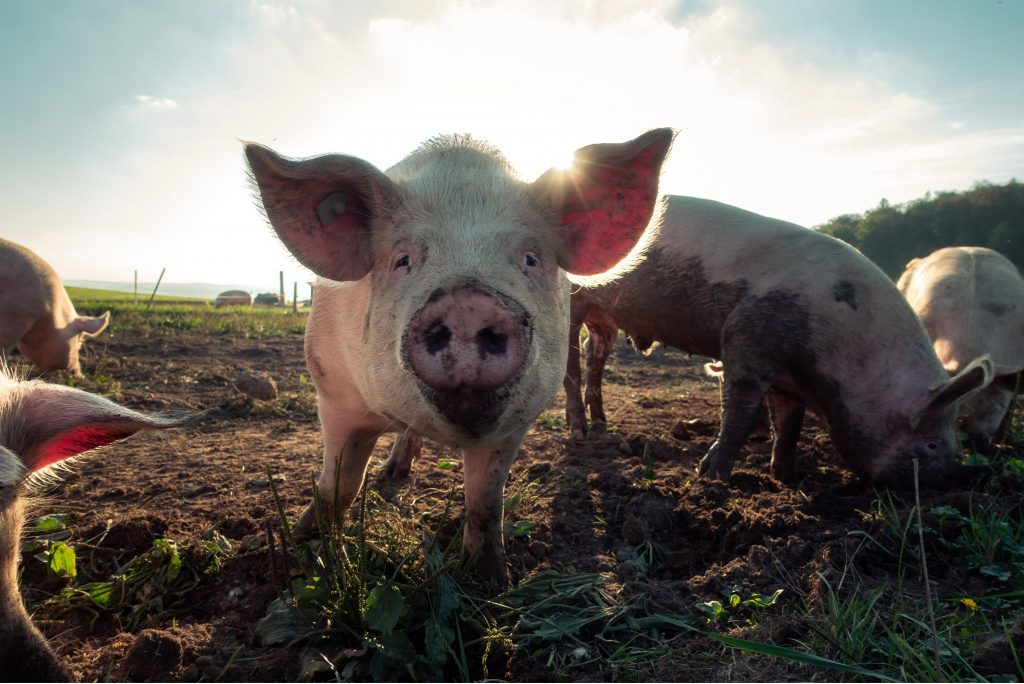
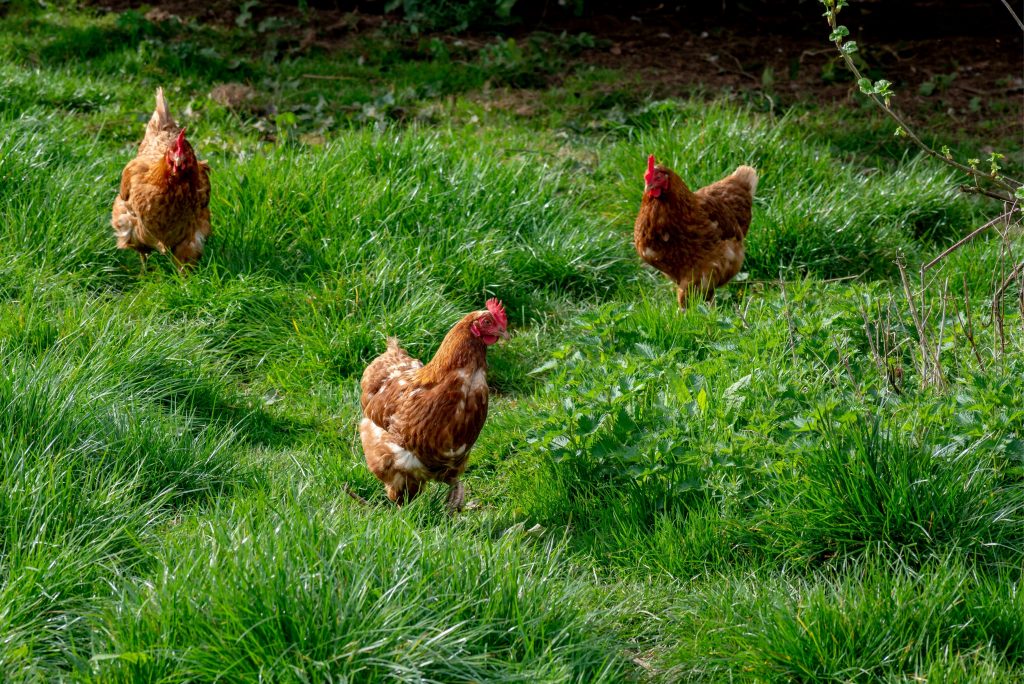
8) Find An Organic Farmer/Butcher That Raises Pasture Raised Hormone Free Animals and Sells Directly to the Public
As with fresh produce, buying meat and other animal products such as eggs, directly from the farmer can provide significant savings for you and your budget.
A lot of businesses these days have some sort of presence online, a quick search will uncover organic (certified or not) farmers/butchers that sell direct to the public, whether it be direct from the farm, a farmer’s market or via home delivery.
By buying meat and other animal products direct from the farmer, you can buy local, cut out the middleman and support our farmers also.
9) Invest in Some Pet Chickens
If you have garden space free of toxins (hasn’t been sprayed with pesticides and the soil isn’t contaminated with lead), consider keeping chickens. They can be fed scraps and will supply you with eggs.
10) Be Open to Eating Different Cuts of Meat
The notion of ‘ancestral eating’ and ‘nose to tail’ eating has been floating around the internet for a while now however the perception around certain cuts of meat may still be negative for some people.
You may need to dig deep and reflect why you have an aversion to particular cuts of meat? Or maybe you don’t have an aversion, maybe you just haven’t considered other cuts before.
Whatever your reason, perception is key especially since utilising all cuts of pasture-raised hormone free animals can be a more cost-effective approach to eating as well as good for sustainability.
For example, growing up with my grandparents I remember many mouth-watering dishes that were not amongst the Australian staples yet utilised non-standard cuts. I have fond memories sitting at my grandmother’s dining table with my grandfather sharing in my grandmother’s homecooked succulent trotters.
I highly recommend, researching recipes that utilise other cuts of meat as it will assist you in maximising the meat to be cooked properly and in a way that may be enjoyed.
11) Buy Organic Pasture Raised Hormone Free Meat in Bulk
Buying in bulk and freezing is a more cost-effective way to buy in general and the same applies to organic pasture raised hormone free animal products.
Consider contacting your butcher and discuss the cost of purchasing the whole animal. They will prepare the meat and you will have meat to feed your family for a whole year.
Don’t have a deep freezer, then consider going halves with another family. Both families could have meat that would feed their families for 6 months!
Satiating Healthy Organic Meals and Snacks on a Budget
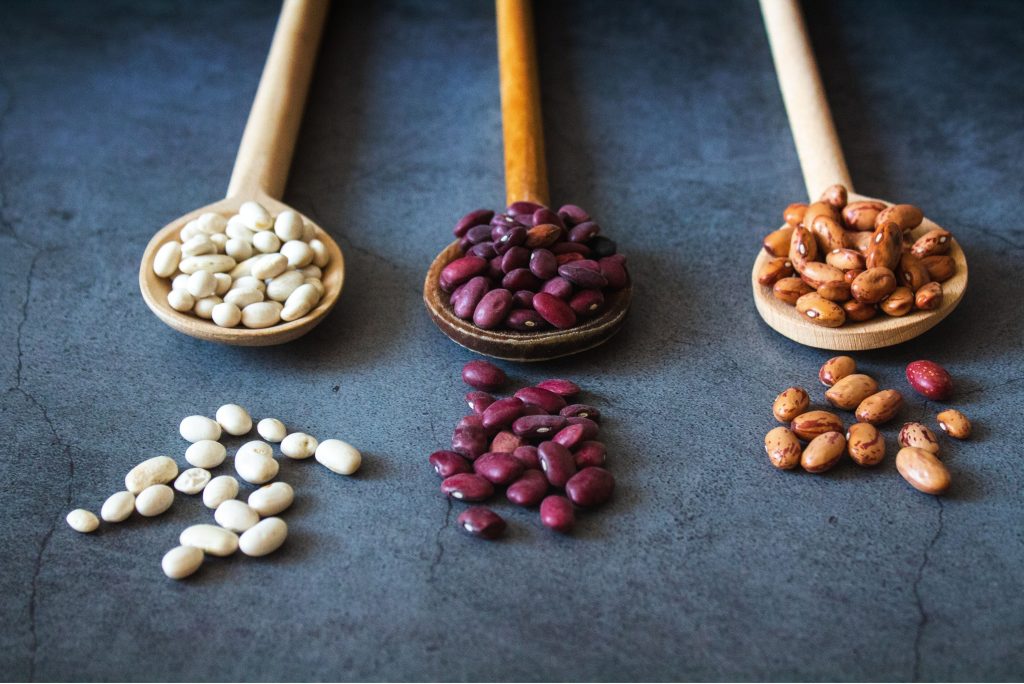
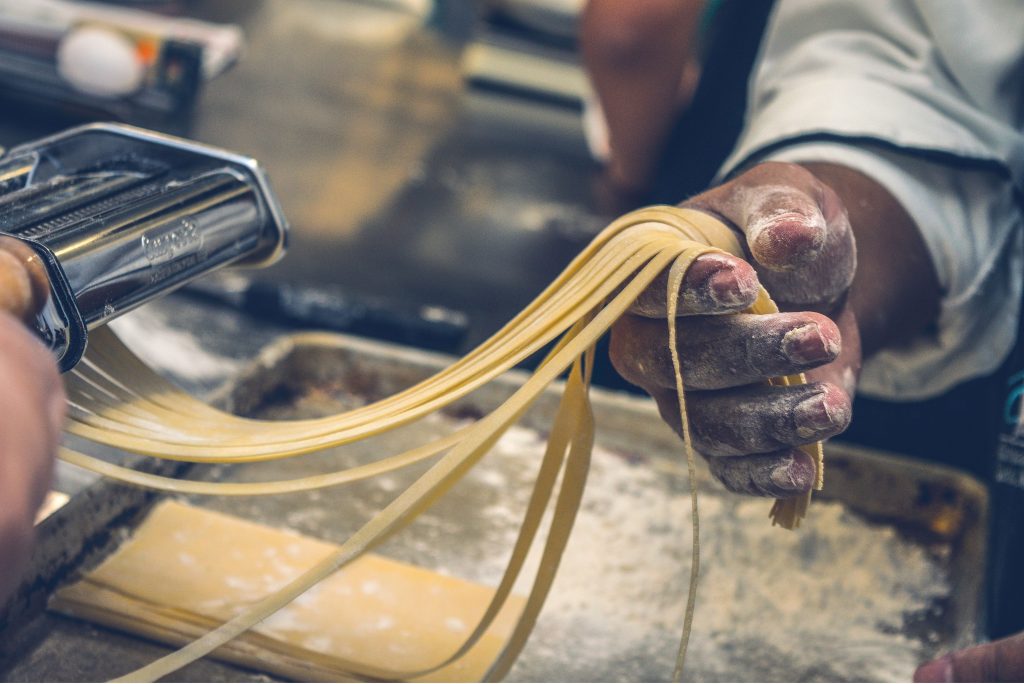
12) Utilise organic grains and legumes more in your cooking.
There are an abundance of organic grains and legumes on the market that are both convenient to cook, filling and cheap to buy that can be utilised to feed the family.
By shopping at wholefood and bulk source supermarkets, you will have the added bonus of accessing organic staples without the excess packaging.
13) Cook from Scratch
Cooking from scratch will always be cheaper than buying ready made from supermarkets but has the added bonus of you knowing exactly what has gone into it and minimising unnecessary food chemicals such as preservatives.
Ok so I know time does not always feel like it allows for this one, but sometimes we make things harder for ourselves than it has to be.
The internet has a plethora of recipes from food bloggers, many of whom specifically cater for time-limited families with a range of food restrictions. I draw inspiration from and love following Molly Made, Changing Habits, Quirky Cooking just to name a few.
The internet can be your online community that inspires and helps you achieve the goals you have for your family. We just need to look past and not take on the inspo guilt that can so easily creep up if we allow it. That’s why I choose to follow and be part of supportive communities, they help me quickly source nourishing recipes that are quick, easy and fit in with my family’s needs.
Buy Less and Waste Less Food
14) Do a Food Stocktake
Are you throwing away food at the end of the week? Do you regularly find food that has gone off in your fridge or pantry? Are you throwing away parts of produce that you didn’t know were edible?
If your answer is yes to any of these, then you are throwing away money that could be utilised elsewhere.
Don’t feel bad you are not alone- did you know the biggest generators of food waste that ends up in landfill is us! Yep us, hard to believe but true, which is great because we are in the ultimate situation to change this.
There is nothing worse than feeling the restriction of the family budget, buying what you can organic and then throwing part of it away because it has spoilt before you were able to use it all. By planning family meals and snacks and freezing or preserving extra food you can maximise your family budget.
I still remember years ago bringing home my other half to meet my uncle and aunty. When we sat down to eat a selection of homecooked roast vegetables, he honestly whispered in my ear “the pumpkin has the skin on, is it edible?” He had never been brought up knowing that the skin of pumpkin was edible (in fact most of a pumpkin plant is). He was hooked from that day.
How many parts of fresh produce (and the extra nutrients) do we throw away because we simply don’t realise it is edible?
15) Eat or Jazz Up Any Leftovers
I think in any family it is inevitable that at some point in the week you will have leftovers. Unfortunately, leftovers can often get forgotten and do not always get eaten thus end up being thrown away.
Consider freezing leftovers for an easy family meal when you don’t feel like cooking. Not enough leftovers to feed the family, still consider freezing it. I don’t know how may times my other half has taken a meal from the freezer for his lunch or I have used one for a warming healthy snack for the littles and I during the day.
We so easily get into the rhythm of cooking the same 7 recipes, however at the expense of sounding redundant, the internet has thousands of recipes to spinoff leftovers. I love the quirky cooking Facebook community group for this one.
Some of my family’s favourite ways to use leftovers:
- leftover meat and/or vegetables in quiche, frittatas, or omelette
- stews/casseroles baked into a pie
- adding legumes to a soup/stew
By eating leftovers that would have been thrown away you can decrease the amount of food you need to purchase to feed your family, thereby maximising your family budget for high quality organic food.
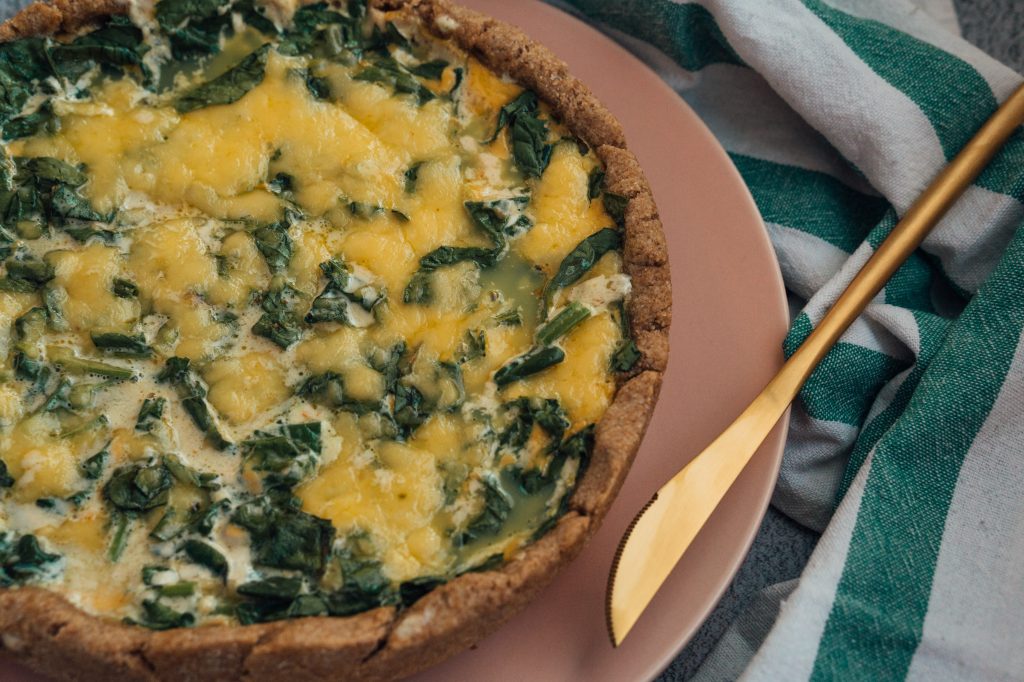
So there you have it, 15 Ways to Eating Organic on a Budget.
Do you:
- have a favourite farmer’s market or CSA farmer where you buy your organic produce?
- have favourite organic butcher or direct to the public farmer/butcher where you buy your organic animal products from?
- want to learn more about what parts of your fresh produce you could be throwing away unnecessarily?
- have any other suggestions to help others access nourishing organic food?
Then add it to the comments or email me so I can add it to the list I am compiling for you, my subscribers and clients.
xX Tammy
References
Bajwa, U. and Sandhu, K.S., 2014. Effect of handling and processing on pesticide residues in food-a review. Journal of food science and technology, 51(2), pp.201-220.
Chung, S.W., 2018. How effective are common household preparations on removing pesticide residues from fruit and vegetables? A review. Journal of the Science of Food and Agriculture, 98(8), pp.2857-2870.
Lozowicka, B., Jankowska, M., Hrynko, I. and Kaczynski, P., 2016. Removal of 16 pesticide residues from strawberries by washing with tap and ozone water, ultrasonic cleaning and boiling. Environmental monitoring and assessment, 188(1), p.51.
Yang, T., Doherty, J., Zhao, B., Kinchla, A.J., Clark, J.M. and He, L., 2017. Effectiveness of commercial and homemade washing agents in removing pesticide residues on and in apples. Journal of agricultural and food chemistry, 65(44), pp.9744-9752.
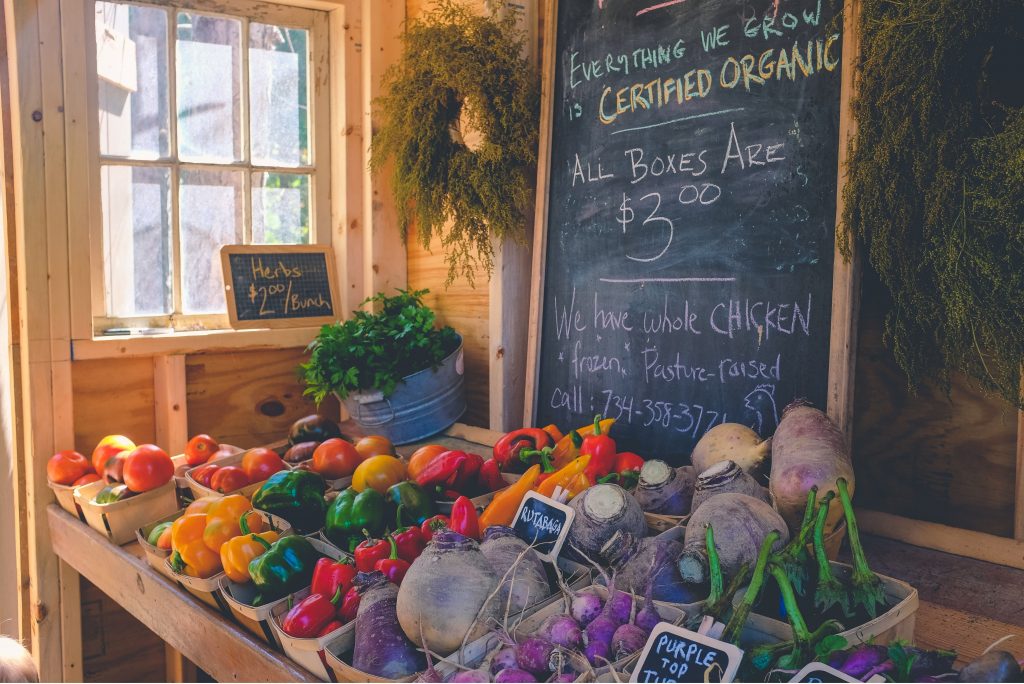
Hey Tammy,
Where can I find aluminium free soda bi carb. The bulk pack I get does not say if it’s aluminium free.
Thanks
Great question Sharda.
My advice is to contact the company/brand directly and find out. However from my understanding, 100% bicarb soda shouldn’t contain aluminium. That said I have heard of them containing trace amounts. I suspect this is because aluminium is the most abundant metallic element found in the Earth’s crust.
Bicarb soda comes from soda ash. Bicarb soda also goes by the names Sodium Bicarbonate or Baking Soda.
You can buy Aluminium free bicarb from the supermarket. For example McKenzies’ Bicarb soda which is Packed in Australia (however can be sourced from USA, Singapore or France) has this statement on their website:
“McKenzie’s Bi-Carb (also known as Baking Soda) is a food grade product and does not contain any aluminium or aluminium based additives, nor is aluminium used in the processing of the sodium bicarbonate.”
Other brands include:
*Lotus brand https://australianorganicproducts.com.au/products/lotus-bicarb-soda-aluminium-free-500g
*Green Living Australia https://www.greenlivingaustralia.com.au/sodium-bicarbonate
*The Gluten Free Co https://thewholefoodcollective.com.au/product/baking-powder-gluten-free-aluminium-free/
*NEssentials (which you can get 10% off if you use the code BBMAMA) https://n-essentials.com.au/product/sodium-bicarbonate/
Please note though/ Is “Aluminium Free” a formal standard in Australia?- not that I have ever found!
Has anyone else found different?
Baking Powder on the other hand is a different story. Baking powder contains bicarb soda but other ingredients also. Some baking powders contain acid salts such as cream of tartare or sodium ALUMINIUM sulphate. You will need to read the label to find out or alternatively make your own, such as this recipe from Anneka Manning at The Bake Club:
“sift together 2 tablespoons cream of tartar, 1 tablespoon bicarbonate of soda and 1 tablespoon cornflour… mix well”
— https://bakeclub.com.au/blogs/q-a/aluminium-in-baking-powders